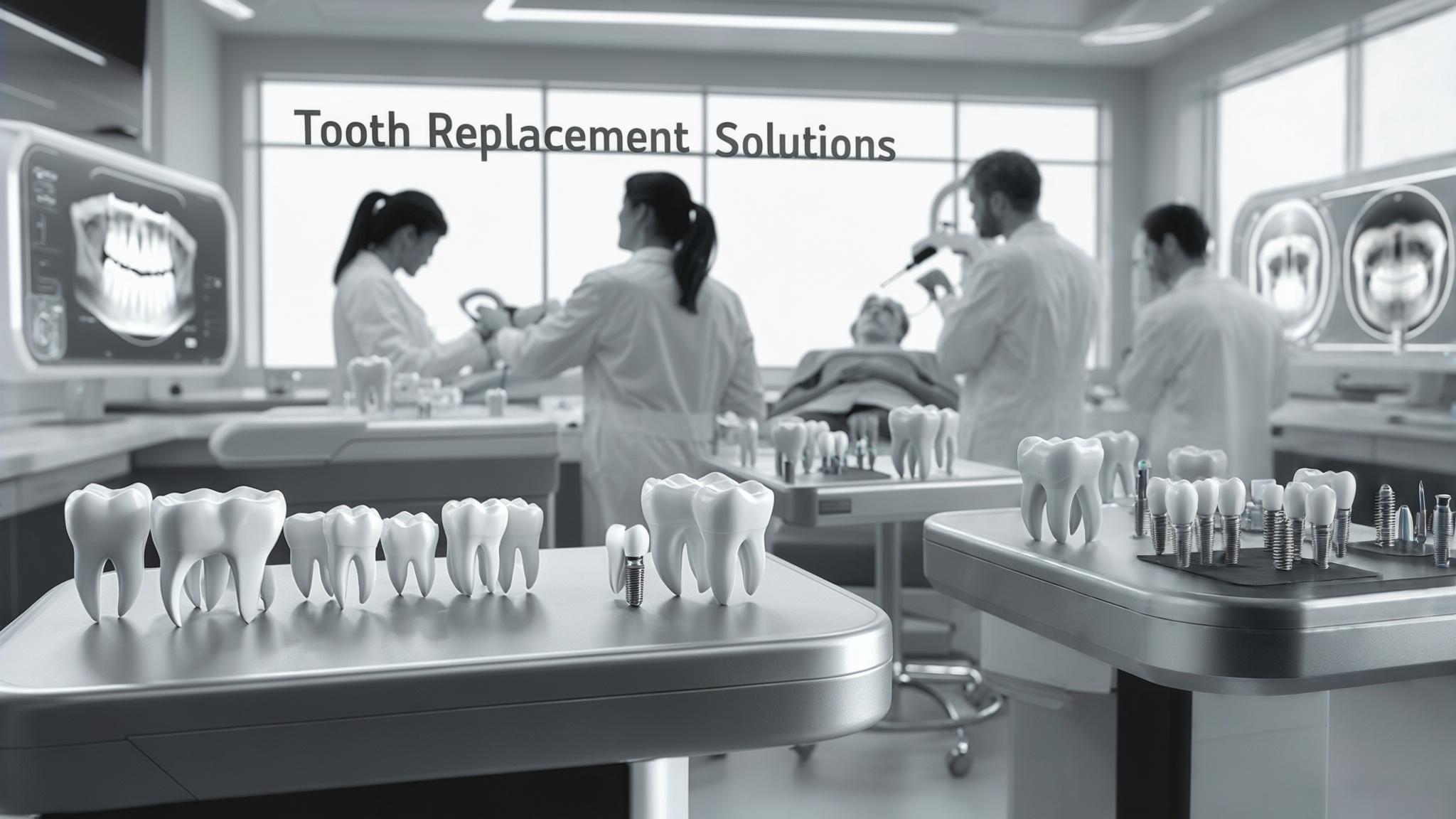Understanding Dental Implants
Dental implants are a remarkable solution for replacing missing teeth. They consist of three main components: the implant, which is a small titanium post surgically placed into the jawbone; the abutment, which connects the implant to the crown; and the crown, which is the visible part that resembles a natural tooth. Together, these components create a strong and durable replacement that functions like a real tooth.
History of Dental Implants
The journey of dental implants spans over 30 years, marked by significant advancements. In the early 1980s, the first modern dental implants were developed, paving the way for a new era in tooth replacement. Major milestones include the introduction of osseointegration, where the implant fuses with the jawbone, ensuring stability. Over the decades, innovations like improved materials and surgical techniques have continuously enhanced the effectiveness and reliability of dental implants.
The Importance of Dental Implants
Benefits of Dental Implants
Dental implants offer numerous benefits:
- Improved Chewing Ability: They restore full functionality, allowing you to enjoy your favorite foods without worry.
- Enhanced Aesthetics: Implants look and feel like natural teeth, boosting your confidence and smile.
- Jawbone Preservation: They stimulate the jawbone, preventing bone loss that often occurs with missing teeth.
Comparison with Other Tooth Replacement Options
When comparing dental implants to traditional options like dentures and bridges, implants stand out:
- Stability: Unlike dentures, which can slip, implants are securely anchored in the jaw.
- Longevity: With proper care, implants can last a lifetime, whereas bridges may need replacement after 10-15 years.
- Bone Health: Implants help maintain jawbone density, while dentures can lead to deterioration over time.
Innovations in Dental Implant Technology
Advanced Materials
Modern dental implants use advanced materials such as titanium and zirconia. Titanium is known for its strength and biocompatibility, making it an ideal choice for implants. Zirconia, a newer option, offers a tooth-colored appearance, which can be more aesthetically pleasing for some patients.
Digital Dentistry
The rise of digital impressions and 3D imaging has revolutionized the implant process. These technologies allow for precise measurements and customized treatment plans, ensuring a better fit and enhanced patient comfort during procedures.
Minimally Invasive Techniques
Minimally invasive techniques, such as flapless surgery, reduce the need for extensive gum tissue manipulation. This approach leads to quicker recovery times and less discomfort, making the procedure more appealing to patients.
Immediate Loading Implants
Immediate loading implants allow for the placement of a crown on the same day as the implant surgery. This means patients can leave the office with a functional tooth, significantly improving their experience. Many patients report feeling more confident and satisfied with this approach, as they do not have to wait weeks for their new teeth.
The Role of Specialist Care
Importance of Experienced Dentists
Choosing a dentist with specialized training in implants is crucial. An experienced professional can navigate complex cases and ensure higher success rates. Their expertise can make a significant difference in your overall experience and outcome.
Personalized Treatment Plans
Specialist care means receiving a treatment plan tailored to your individual needs. During the consultation, your dentist will assess your oral health, discuss your goals, and create a step-by-step plan to achieve the best results.
Patient Testimonials and Success Stories
Real-Life Experiences
Many patients share heartwarming stories about their journey with dental implants. For example, one patient named Sarah struggled with missing teeth for years. After receiving implants, she felt a renewed sense of confidence and was able to enjoy social gatherings without feeling self-conscious.
Case Studies
Consider the case of John, who had multiple missing teeth. His dentist employed innovative techniques to place implants in a single visit, allowing him to return to his normal life quickly. John's story highlights how advancements in technology can lead to successful outcomes.
The Future of Dental Implants
Emerging Trends
The future of dental implants looks promising, with emerging trends like biomimetic materials that mimic natural tooth structure and robotic-assisted surgery enhancing precision and outcomes.
Ongoing Research and Development
Current research focuses on improving implant integration and longevity. Innovations such as smart implants with sensors to monitor healing are on the horizon, potentially transforming dental care.
Conclusion
Dental implants have come a long way in the past 30 years, significantly improving the quality of life for countless individuals. With ongoing innovations and the importance of specialist care, those considering dental implants can look forward to a transformative experience. If you're thinking about this option, consult with a qualified dentist to explore how dental implants can restore your smile and confidence.

